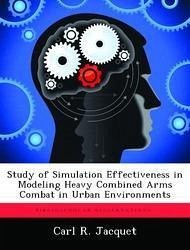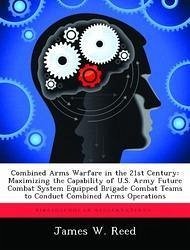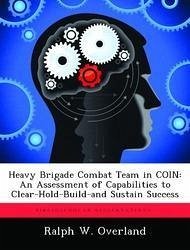Nicht lieferbar

Standing Combined Arms for the Heavy Brigade
Versandkostenfrei!
Nicht lieferbar
The past ten years, in the absence of a peer threat, have focused on technology and capitalizing on efficiencies. The prospects for future operations as part of the War on Terrorism, the continued refinement of the Interim Brigade, and the decision to imbed combined arms at some level within the Objective Force present unique challenges and opportunities. Recent events suggest that the United States Army ought to explore ways to increase effectiveness by addressing substantive organizational change in its current heavy brigades. This monograph proposes such a look. It seeks to answer the quest...
The past ten years, in the absence of a peer threat, have focused on technology and capitalizing on efficiencies. The prospects for future operations as part of the War on Terrorism, the continued refinement of the Interim Brigade, and the decision to imbed combined arms at some level within the Objective Force present unique challenges and opportunities. Recent events suggest that the United States Army ought to explore ways to increase effectiveness by addressing substantive organizational change in its current heavy brigades. This monograph proposes such a look. It seeks to answer the question of whether the U.S. Army should restructure heavy brigades into standing combined arms organizations. Investigation begins with a systems level approach that considers organization theory. It determines that a standing brigade combat team provides advantages in division of labor, coordination and decentralization that provide greater flexibility and adaptability. Specifically, the standing brigade is more versatile, agile and characteristic of a complex adaptive system than the current method of task organization. In order to provide a more holistic treatment of the subject, this work also looks at the human element by considering cohesion. It determines that cohesion can be found at and developed in larger organizations such as the brigade. With this established, it determines that the standing brigade concept promotes those structural and situational factors that hold the promise of increasing cohesion to a greater extent than does the current task organized brigade. This monograph concludes that the U.S. Army should restructure its heavy brigades into standing combined arms organizations. It recommends a heavy brigade organization that incorporates an artillery battalion, an engineer battalion, a forward support battalion and a military intelligence company as organic assets. It considers the implications of this for the division and suggests ways of mitigating some dis











